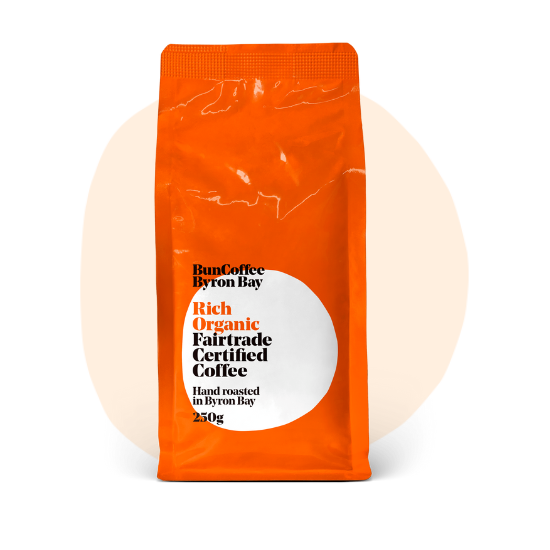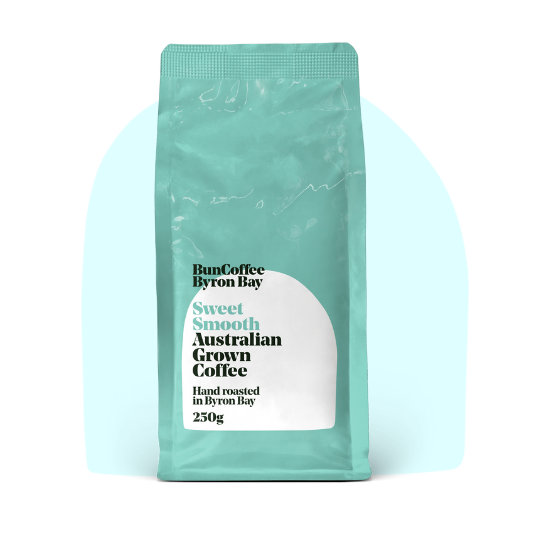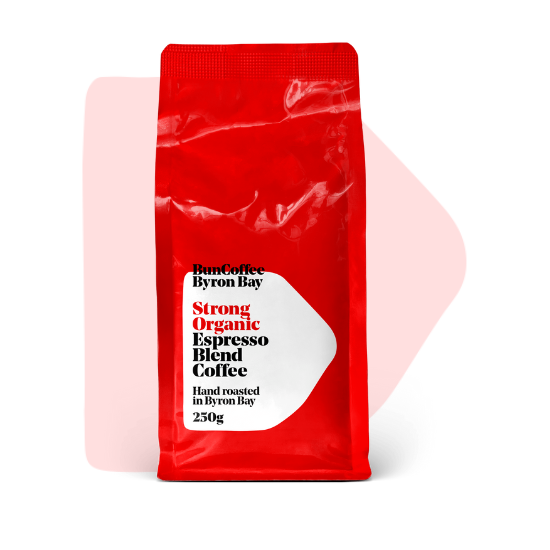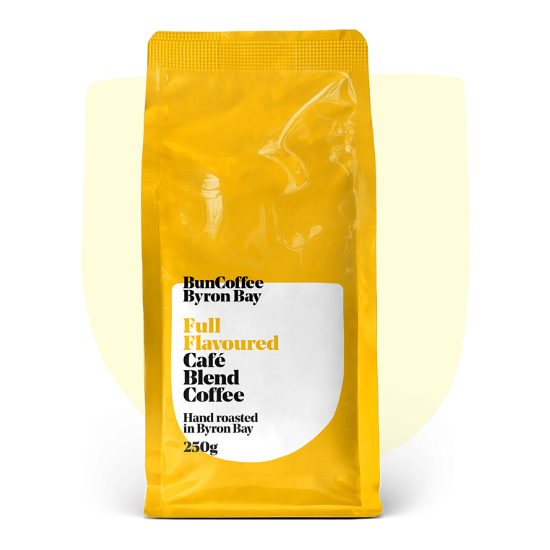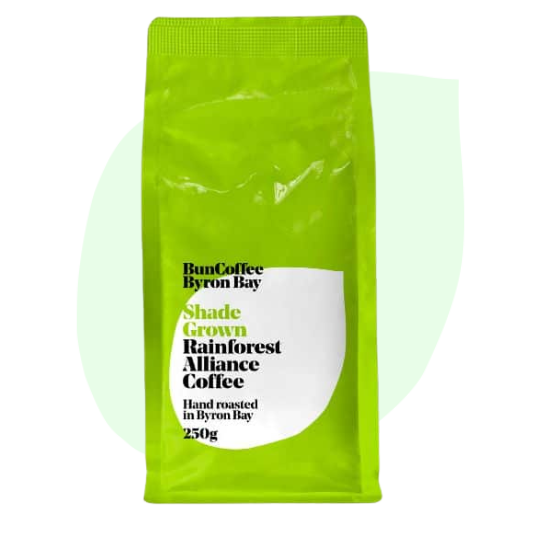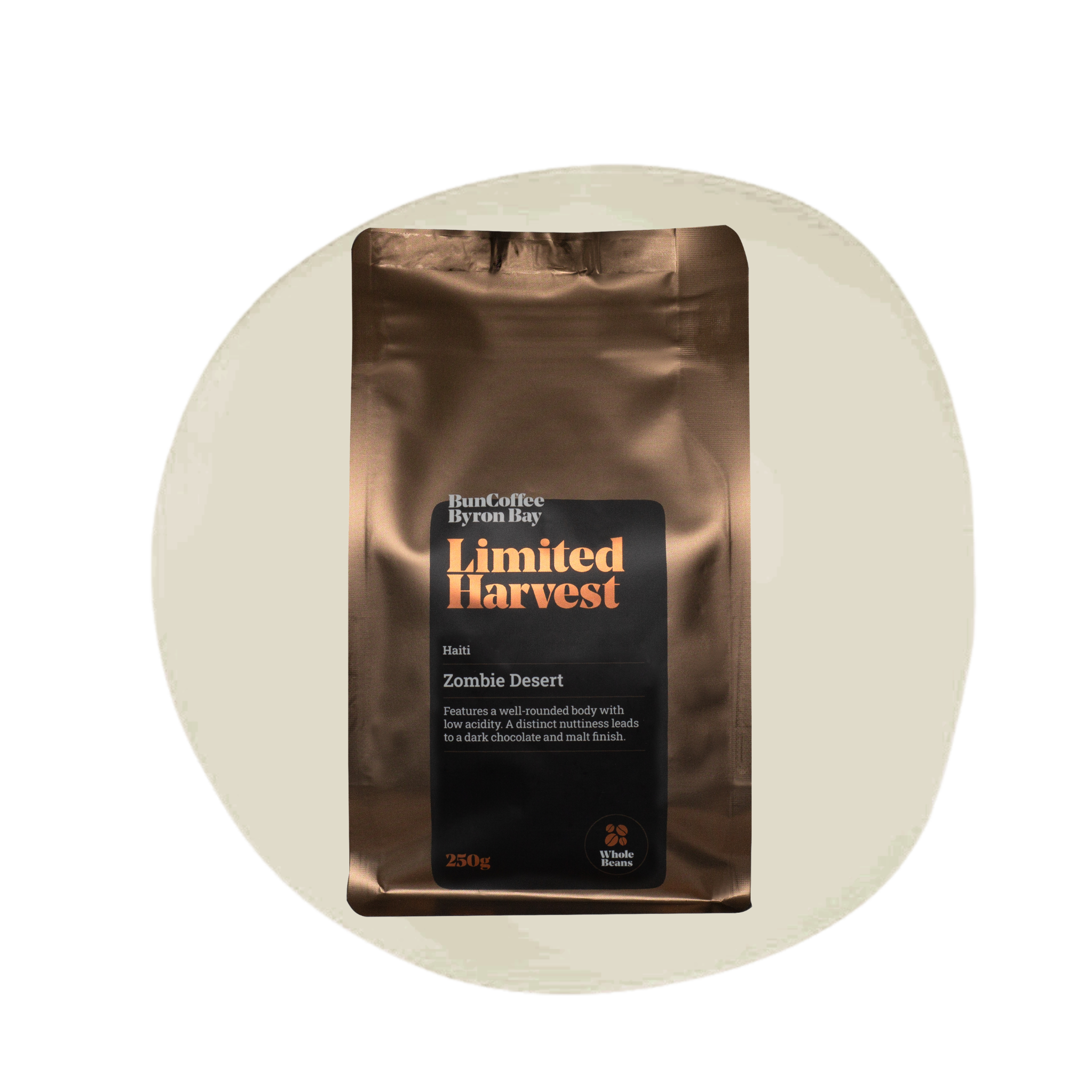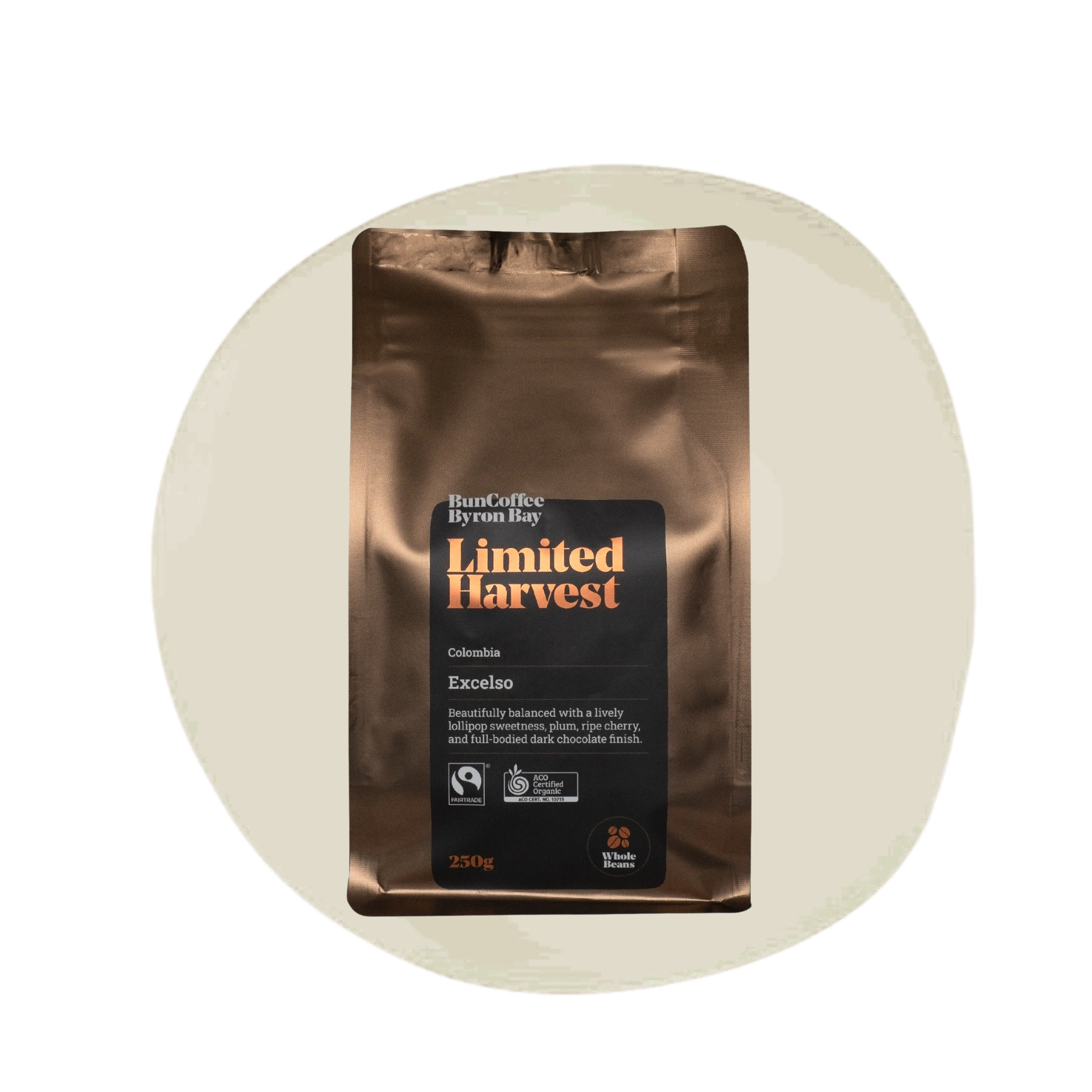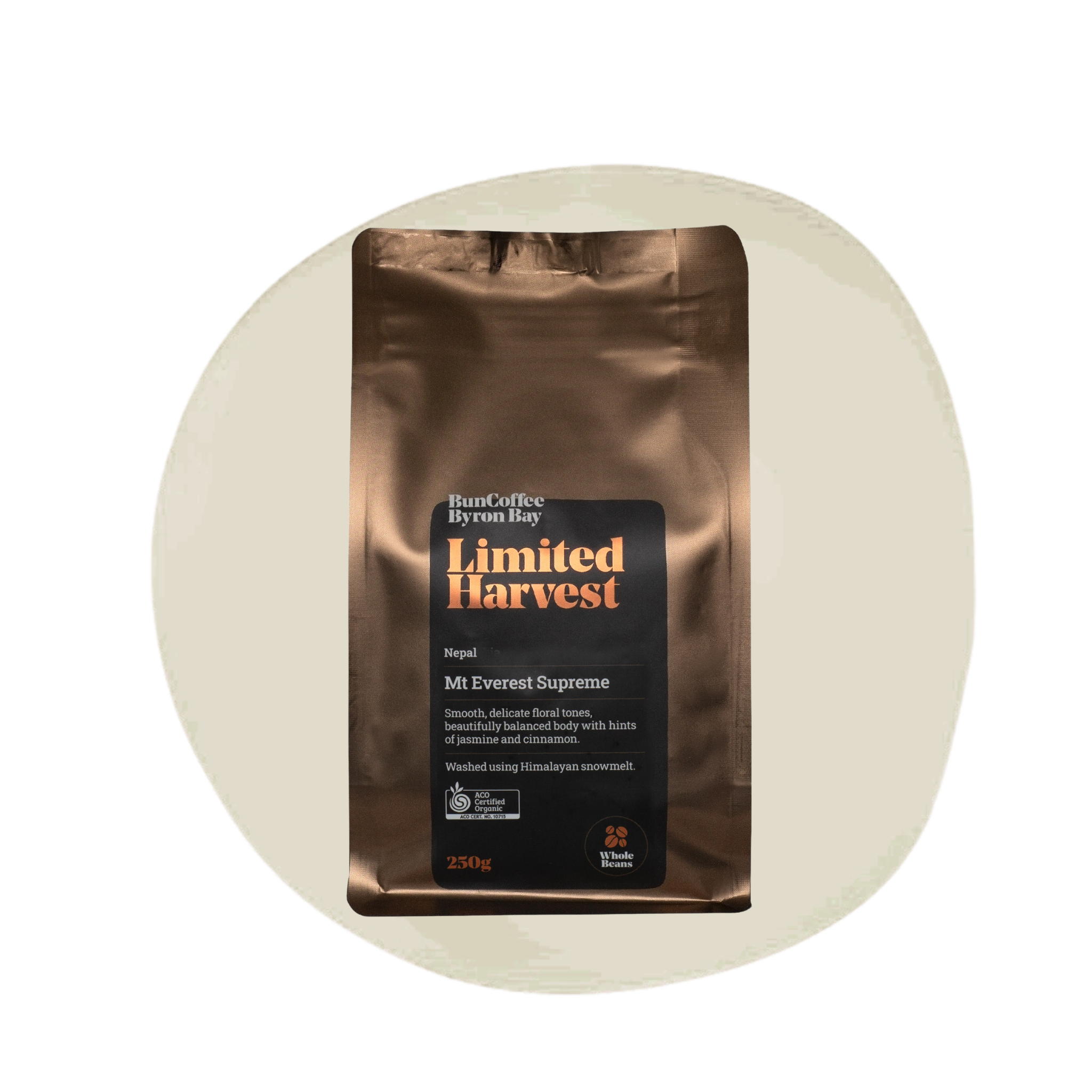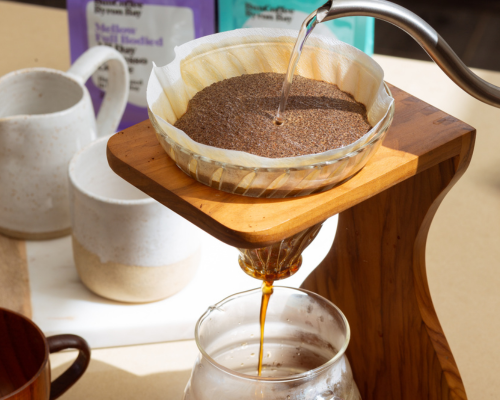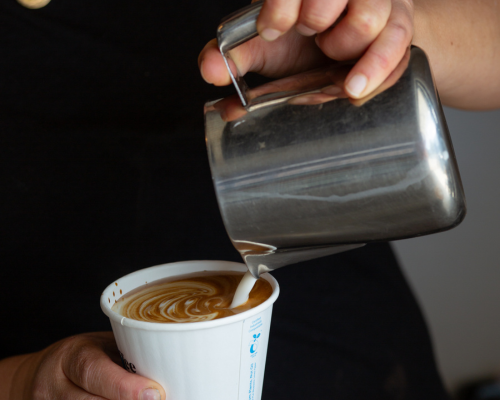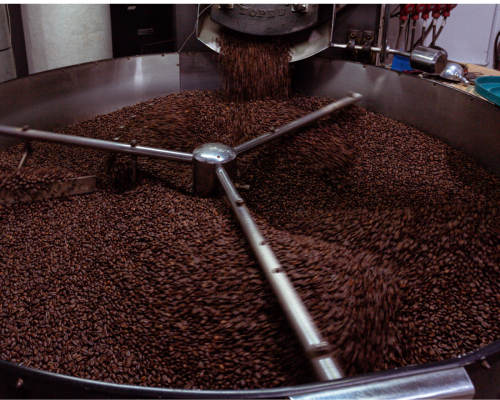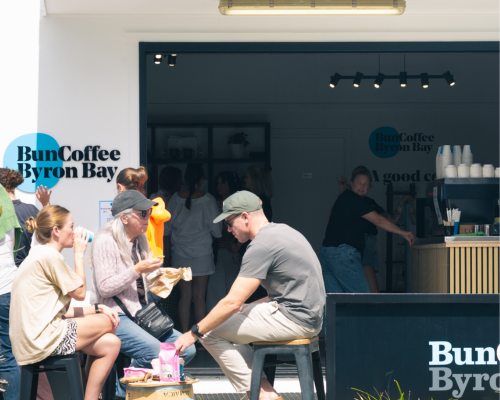As Australians, it’s no secret that coffee is a big part of our daily rituals — an estimated 78% of us drink coffee at least once a week, according to a study by Gitnux. However, if you’re an avid daily coffee drinker (like us), you’ll agree that not all coffee beans are created equal.
The average coffee drinker in Australia knows more than most when it comes to coffee. While most of it comes down to whether or not your coffee tastes good, you’ll also probably pick up on the different elements of the coffee - the roast of the beans, the flavour of the beans, the extraction of the espresso, even how the coffee blends with the milk (if you’re that way inclined). In summary, what we’re talking about here is coffee-tasting notes
Coffee tasting notes are the flavours and aromas that are present in different types of coffee beans. They can range from mild or subtle hints to intense flavours that significantly change the taste and experience of the coffee. Common examples of tasting notes in coffee include elements of chocolatey, fruity, or even nutty flavours.
It is vital to note that coffee-tasting notes are not the same as those of flavoured coffee. Flavoured coffee (especially in the context of instant coffee) contains external flavouring or ingredients that are added to ground beans to create a coffee mixture. On the other hand, coffee-tasting notes are intrinsic to the coffee bean type and are entirely natural.
If you like the finer things in life, you can liken coffee to wine — for both coffee and wine, there are a myriad of factors that affect the taste of the final product, ranging from where the beans (or grapes) are grown, to how they are processed.
Here are some of the key factors that affect the taste of coffee:
The way coffee beans are roasted is one of the largest contributing factors that influence the coffee tasting notes. There are big differences in the notes of lightly roasted coffee beans and those from a dark roast, so much so that they are often referred to as entirely different types of coffee. In general, the lighter the roast, the more of its original fragrance it will retain. Dark roasts tend to produce a more chocolatey and heavier flavour.
Origin refers to where the coffee beans are grown. Different locations have their own specific growing conditions, from the quality and composition of the soil, to the amount of sun and rain coffee crops receive. All these seemingly minute growth factors add to the final flavour of the coffee bean.
How does height above sea level affect coffee flavour? It’s a complicated science that even growers are slowly coming to understand the effects of — but the general consensus is that the higher the altitude, the richer the coffee flavours tend to be. Regions where altitude is a major factor tend to produce some of the best coffee - think of your Ethiopian, Colombian, Guatemalan coffee beans.
Coffee is designed to be consumed soon after it is brewed. Leave a cup out for too long, and it will start to lose the vigour of its flavour quickly. For hot coffee, the cooling effect to room temperature is the main culprit of this, as heat is a key component in bringing out the flavour of the beans.
It shouldn’t be any surprise that the way coffee is brewed affects its taste. Using the same beans for espresso and filtered coffee brewing styles will produce two distinct coffee flavours.
As water is a majority component in the brewing process, using mineral or filtered water can make a big difference in the taste of the coffee.
There exists an entire spectrum of coffee tasting notes, each with its own unique sub-flavours. To give you a glimpse of what to expect, here are some of the most common tasting notes that are found in coffee blends.
Coffee with flavours that share a hint of fruits, particularly citrus fruits like lemons and oranges, or berries like blackberry or blueberry.
Coffee with floral flavours evokes the aroma and taste of flowers like jasmine, lavender, or rose.
Nutty hints in coffee taste reminiscent of nuts like hazelnut, almond, peanut, or pecan in its profile.
Like nutty flavours, coffee with chocolatey hints typically contains some richness of milk chocolate, dark chocolate, or even cocoa.
Coffee tends to have a natural sweetness, sometimes described as caramel, honey, or molasses.
Not unlike teas, coffee with herbal flavours can often taste (or smell) like strong mints, thyme, or rosemary herbs.
Coffee will contain a pleasant tartness or tang, not dissimilar to citrus fruits or unripe berries.
Hints of smokiness, like from a wood fire, can be tasted in the coffee. This tasting note is usually attributed to the roasting process.
For nearly 4 out of 5 Australians, the taste of the coffee is the most important measure of its quality. When we break down the taste of coffee further, we get the elements that contribute the most to the identity of its flavour.
Aroma is usually the first thing that hits the senses when drinking coffee. Smell is a core part of how we process flavour, which is why the aroma of coffee is such a critical component of coffee taste.
The flavour itself is where coffee tasting notes reside — sweetness, bitterness, and nuttiness are experienced with coffee flavour.
Acidity is not so much how “sour” a coffee tastes. It’s more about how tart or bright the flavour of the coffee is felt.
The body of coffee taste is more commonly referred to as mouthfeel. This is the texture and sensation of the coffee when it’s in your mouth and can range from light and thin to full-bodied and heavy.
Coffee has an aftertaste that lingers in your mouth after you’ve swallowed a mouthful of it. Depending on the quality of the coffee (and personal preferences), it could be pleasant or disagreeable.
At Bun Coffee, we source our coffee beans from the world’s best coffee origins, including Colombia, Nepal, Brazil, Indonesia, Ethiopia and locally in Australia. Our coffee blends are freshly roasted by hand each day as part of our commitment to delivering excellent coffee that’s simply bursting with flavour. Check out our premium speciality coffee blends and get them delivered to your door anywhere in Australia!
The average coffee drinker in Australia knows more than most when it comes to coffee. While most of it comes down to whether or not your coffee tastes good, you’ll also probably pick up on the different elements of the coffee - the roast of the beans, the flavour of the beans, the extraction of the espresso, even how the coffee blends with the milk (if you’re that way inclined). In summary, what we’re talking about here is coffee-tasting notes
What do we mean by coffee tasting notes?
Coffee tasting notes are the flavours and aromas that are present in different types of coffee beans. They can range from mild or subtle hints to intense flavours that significantly change the taste and experience of the coffee. Common examples of tasting notes in coffee include elements of chocolatey, fruity, or even nutty flavours.
It is vital to note that coffee-tasting notes are not the same as those of flavoured coffee. Flavoured coffee (especially in the context of instant coffee) contains external flavouring or ingredients that are added to ground beans to create a coffee mixture. On the other hand, coffee-tasting notes are intrinsic to the coffee bean type and are entirely natural.
What factors influence the taste of coffee?
If you like the finer things in life, you can liken coffee to wine — for both coffee and wine, there are a myriad of factors that affect the taste of the final product, ranging from where the beans (or grapes) are grown, to how they are processed.
Here are some of the key factors that affect the taste of coffee:
Roasting
The way coffee beans are roasted is one of the largest contributing factors that influence the coffee tasting notes. There are big differences in the notes of lightly roasted coffee beans and those from a dark roast, so much so that they are often referred to as entirely different types of coffee. In general, the lighter the roast, the more of its original fragrance it will retain. Dark roasts tend to produce a more chocolatey and heavier flavour.
Origin of coffee beans
Origin refers to where the coffee beans are grown. Different locations have their own specific growing conditions, from the quality and composition of the soil, to the amount of sun and rain coffee crops receive. All these seemingly minute growth factors add to the final flavour of the coffee bean.
Altitude at which coffee is grown
How does height above sea level affect coffee flavour? It’s a complicated science that even growers are slowly coming to understand the effects of — but the general consensus is that the higher the altitude, the richer the coffee flavours tend to be. Regions where altitude is a major factor tend to produce some of the best coffee - think of your Ethiopian, Colombian, Guatemalan coffee beans.
Freshness of coffee
Coffee is designed to be consumed soon after it is brewed. Leave a cup out for too long, and it will start to lose the vigour of its flavour quickly. For hot coffee, the cooling effect to room temperature is the main culprit of this, as heat is a key component in bringing out the flavour of the beans.
Brewing method
It shouldn’t be any surprise that the way coffee is brewed affects its taste. Using the same beans for espresso and filtered coffee brewing styles will produce two distinct coffee flavours.
Water quality
As water is a majority component in the brewing process, using mineral or filtered water can make a big difference in the taste of the coffee.
What are the most common tasting notes in coffee?
There exists an entire spectrum of coffee tasting notes, each with its own unique sub-flavours. To give you a glimpse of what to expect, here are some of the most common tasting notes that are found in coffee blends.
Fruity
Coffee with flavours that share a hint of fruits, particularly citrus fruits like lemons and oranges, or berries like blackberry or blueberry.
Floral
Coffee with floral flavours evokes the aroma and taste of flowers like jasmine, lavender, or rose.
Nutty
Nutty hints in coffee taste reminiscent of nuts like hazelnut, almond, peanut, or pecan in its profile.
Chocolate
Like nutty flavours, coffee with chocolatey hints typically contains some richness of milk chocolate, dark chocolate, or even cocoa.
Sweet
Coffee tends to have a natural sweetness, sometimes described as caramel, honey, or molasses.
Herbal
Not unlike teas, coffee with herbal flavours can often taste (or smell) like strong mints, thyme, or rosemary herbs.
Acidic
Coffee will contain a pleasant tartness or tang, not dissimilar to citrus fruits or unripe berries.
Smoky
Hints of smokiness, like from a wood fire, can be tasted in the coffee. This tasting note is usually attributed to the roasting process.
Essential elements of coffee taste
For nearly 4 out of 5 Australians, the taste of the coffee is the most important measure of its quality. When we break down the taste of coffee further, we get the elements that contribute the most to the identity of its flavour.
Aroma
Aroma is usually the first thing that hits the senses when drinking coffee. Smell is a core part of how we process flavour, which is why the aroma of coffee is such a critical component of coffee taste.
Flavour
The flavour itself is where coffee tasting notes reside — sweetness, bitterness, and nuttiness are experienced with coffee flavour.
Acidity
Acidity is not so much how “sour” a coffee tastes. It’s more about how tart or bright the flavour of the coffee is felt.
Body
The body of coffee taste is more commonly referred to as mouthfeel. This is the texture and sensation of the coffee when it’s in your mouth and can range from light and thin to full-bodied and heavy.
Aftertaste
Coffee has an aftertaste that lingers in your mouth after you’ve swallowed a mouthful of it. Depending on the quality of the coffee (and personal preferences), it could be pleasant or disagreeable.
At Bun Coffee, we source our coffee beans from the world’s best coffee origins, including Colombia, Nepal, Brazil, Indonesia, Ethiopia and locally in Australia. Our coffee blends are freshly roasted by hand each day as part of our commitment to delivering excellent coffee that’s simply bursting with flavour. Check out our premium speciality coffee blends and get them delivered to your door anywhere in Australia!


